-
 Bitcoin
Bitcoin $113,566.8251
2.33% -
 Ethereum
Ethereum $2,824.1503
3.22% -
 Tether USDt
Tether USDt $1.0006
0.04% -
 XRP
XRP $2.5036
4.63% -
 BNB
BNB $676.5755
1.15% -
 Solana
Solana $160.2856
2.46% -
 USDC
USDC $0.9999
-0.02% -
 Dogecoin
Dogecoin $0.1869
2.70% -
 TRON
TRON $0.2913
0.40% -
 Cardano
Cardano $0.6562
5.97% -
 Hyperliquid
Hyperliquid $43.0451
6.40% -
 Sui
Sui $3.4220
13.24% -
 Bitcoin Cash
Bitcoin Cash $510.4021
0.47% -
 Chainlink
Chainlink $14.7546
4.06% -
 Stellar
Stellar $0.3010
4.96% -
 Avalanche
Avalanche $19.9349
3.42% -
 UNUS SED LEO
UNUS SED LEO $9.0742
0.72% -
 Hedera
Hedera $0.1832
7.46% -
 Shiba Inu
Shiba Inu $0.0...01285
3.03% -
 Toncoin
Toncoin $2.9057
2.32% -
 Litecoin
Litecoin $93.0577
2.92% -
 Monero
Monero $324.9579
0.81% -
 Polkadot
Polkadot $3.7318
3.30% -
 Dai
Dai $1.0000
0.00% -
 Ethena USDe
Ethena USDe $1.0011
0.02% -
 Bitget Token
Bitget Token $4.4839
2.39% -
 Uniswap
Uniswap $8.2928
-0.49% -
 Pepe
Pepe $0.0...01169
7.64% -
 Aave
Aave $306.4234
3.13% -
 Pi
Pi $0.4901
4.55%
Can a smart contract be changed or updated after deployment?
Smart contracts are immutable by design, but developers use proxy patterns, libraries, or migration to enable safe upgrades while maintaining blockchain integrity and user trust.
Jul 10, 2025 at 10:21 pm
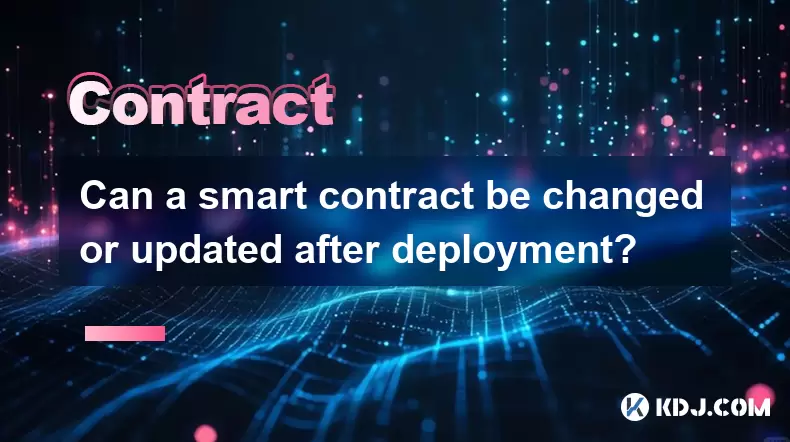
Understanding Smart Contracts and Their Immutability
A smart contract is a self-executing agreement with the terms directly written into code. Once deployed on a blockchain, it becomes immutable by default, meaning that its code cannot be altered or changed without consensus from the network. This immutability ensures trust and transparency in decentralized applications (dApps), as users can verify that the logic of the contract remains unchanged after deployment.
However, this characteristic also raises an important question: can a smart contract be changed or updated after deployment? While traditional software can be patched or upgraded easily, smart contracts operate under strict rules enforced by the blockchain’s consensus mechanism. As such, modifying them post-deployment requires specific strategies and architectural designs.
Methods to Modify or Upgrade a Deployed Smart Contract
Despite their inherent immutability, developers have devised several techniques to allow for updates or changes to a deployed smart contract. These methods typically involve modular design patterns or proxy-based architectures that enable flexibility while preserving the integrity of the blockchain.
- Proxy Contracts: One of the most common approaches involves using a proxy contract that acts as an intermediary between users and the actual logic contract. The proxy holds the state, while the logic contract contains the executable functions. When an update is needed, the proxy points to a new version of the logic contract.
- Upgradable Contracts via Libraries: Developers can separate core business logic into external libraries. These libraries can be replaced or updated independently, allowing for functional modifications without altering the main contract’s address.
- Contract Migration: In some cases, developers may choose to deploy a completely new contract and migrate all data and funds from the old one. This method is more disruptive but guarantees full control over the updated logic.
Each of these methods has trade-offs in terms of complexity, security, and decentralization.
Security Implications of Modifiable Contracts
Allowing a smart contract to be modified after deployment introduces potential security risks. If the upgrade mechanism is not properly secured, malicious actors could exploit it to alter contract behavior or drain funds. For example, if the owner of a proxy contract has unchecked authority to change the logic, this centralizes control and undermines the decentralized nature of the system.
To mitigate these risks:
- Multi-signature Governance: Require multiple approvals before any upgrade takes place.
- Time Locks: Implement delays between proposing and executing an upgrade, giving users time to react or exit if they disagree.
- Transparent Audit Trails: Ensure that every change is recorded on-chain so users can verify updates independently.
These safeguards help maintain trust while enabling necessary upgrades.
Practical Examples and Use Cases
Several well-known projects have implemented upgradable smart contracts successfully. For instance:
- OpenZeppelin Upgrades: Provides a framework for deploying and managing upgradable contracts using proxy patterns. It includes tools for secure deployment, verification, and management of contract versions.
- Uniswap V2 to V3: Rather than modifying the existing contract, Uniswap opted to launch a new version. However, this approach still demonstrates how teams can evolve their systems without relying on mutable contracts.
- Aave Protocol: Utilizes a governance-controlled upgrade mechanism where proposed changes must pass through a community voting process before being enacted.
These examples illustrate different philosophies around contract mutability, ranging from fully immutable to carefully governed upgradability.
How to Implement an Upgradable Smart Contract
If you're considering implementing a smart contract that allows for future changes, follow these steps carefully:
- Design with Modularity in Mind: Break down your contract into distinct components—such as storage, logic, and access control—that can be independently upgraded.
- Choose an Upgrade Pattern: Decide whether to use a transparent proxy, UUPS (Universal Upgradeable Proxy Standard), or another pattern based on your project's needs.
- Use Trusted Frameworks: Tools like OpenZeppelin’s Upgrades plugin or Hardhat provide built-in support for deploying and managing upgradable contracts securely.
- Implement Access Controls: Restrict who can initiate upgrades and require multi-signature approval to prevent unauthorized changes.
- Test Extensively: Simulate upgrades in a test environment to ensure that state variables remain intact and that new logic behaves as expected.
Proper planning and rigorous testing are essential to avoid catastrophic failures during upgrades.
Frequently Asked Questions
Q1: Can anyone modify a deployed smart contract?
No, unless the contract was specifically designed to allow upgrades by certain entities or through governance mechanisms. Otherwise, the code is immutable once deployed.
Q2: What happens to user funds during a contract upgrade?
If the upgrade is handled correctly using proxy patterns or migration strategies, user funds and data should remain safe and accessible under the new logic.
Q3: Are upgradable smart contracts considered centralized?
They can introduce centralization risks if the upgrade authority isn’t distributed or transparent. However, with proper governance and safeguards, upgradability can coexist with decentralization.
Q4: Is it possible to revert a smart contract to a previous version?
Yes, provided that a prior version of the logic contract is stored and the proxy can be pointed back to it. This is often used in emergency situations to roll back faulty upgrades.
Disclaimer:info@kdj.com
The information provided is not trading advice. kdj.com does not assume any responsibility for any investments made based on the information provided in this article. Cryptocurrencies are highly volatile and it is highly recommended that you invest with caution after thorough research!
If you believe that the content used on this website infringes your copyright, please contact us immediately (info@kdj.com) and we will delete it promptly.
- XRP, Axelar, Interoperability: A New Era for Cross-Chain DeFi
- 2025-07-11 02:30:12
- NEAR Protocol Price Analysis: Navigating July 2025's Trends
- 2025-07-11 03:30:13
- Tokenization: Navigating Complexity and Implementing Seamless Payments
- 2025-07-11 03:30:13
- Bitcoin's Record-Breaking Run: Decoding the Key Factors
- 2025-07-11 04:10:13
- Bazball vs. India: England's Toss Troubles and Tactical Twists
- 2025-07-11 02:50:13
- Memecoins Plunge in 2025: Is This the End of the Hype?
- 2025-07-11 02:30:12
Related knowledge
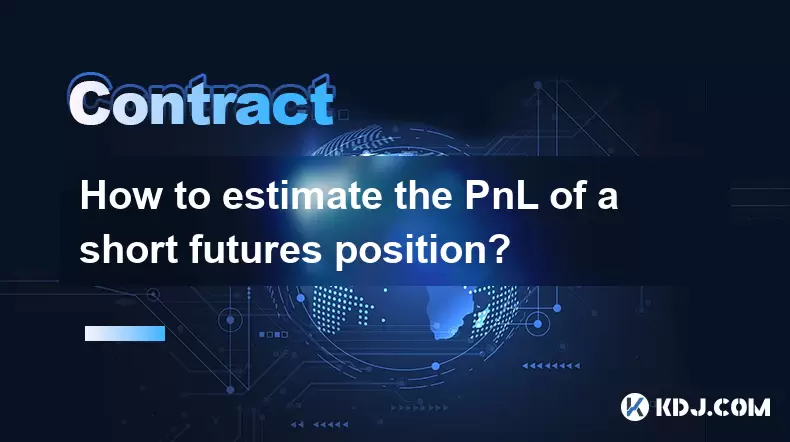
How to estimate the PnL of a short futures position?
Jul 10,2025 at 05:00pm
Understanding the Basics of Futures Trading and PnLIn futures trading, a trader enters into a contract to buy or sell an asset at a predetermined pric...
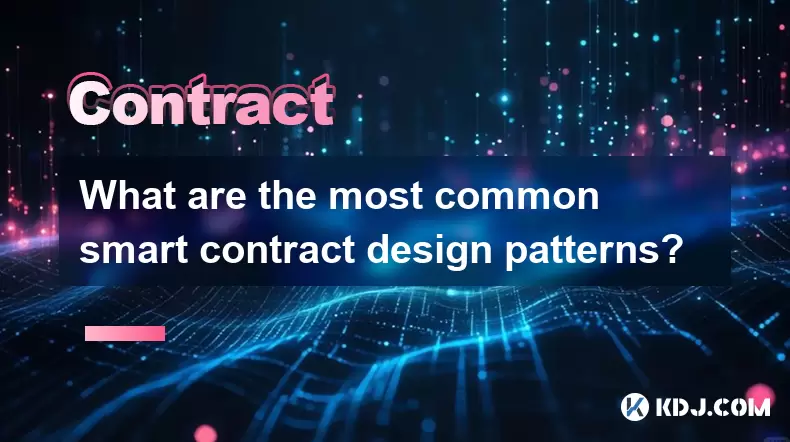
What are the most common smart contract design patterns?
Jul 10,2025 at 09:29pm
Introduction to Smart Contract Design PatternsSmart contract design patterns are standardized solutions to recurring problems encountered during the d...
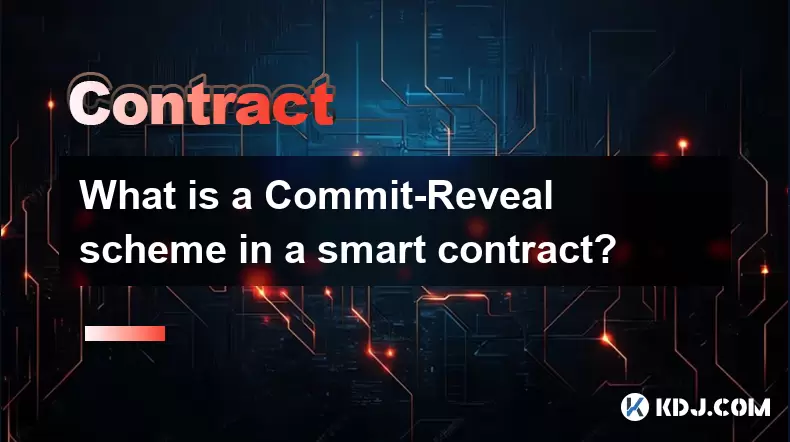
What is a Commit-Reveal scheme in a smart contract?
Jul 10,2025 at 05:22pm
Understanding the Concept of a Commit-Reveal SchemeIn the realm of blockchain and smart contracts, privacy and fairness are often critical concerns, e...
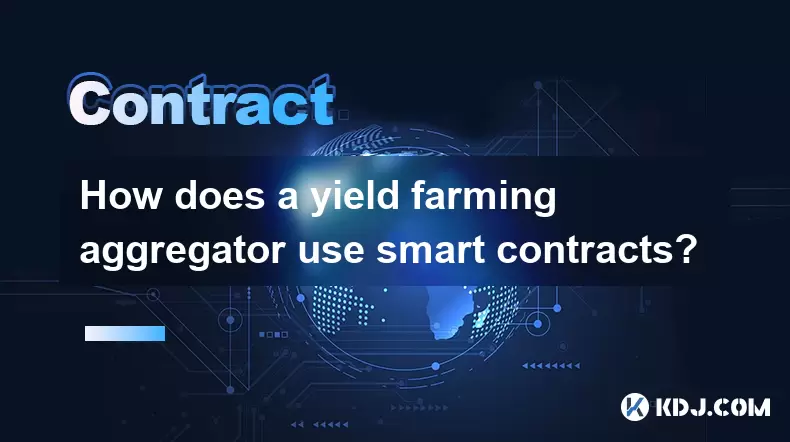
How does a yield farming aggregator use smart contracts?
Jul 11,2025 at 02:49am
Understanding the Role of Smart Contracts in Yield Farming AggregatorsA yield farming aggregator leverages smart contracts to automate and optimize th...
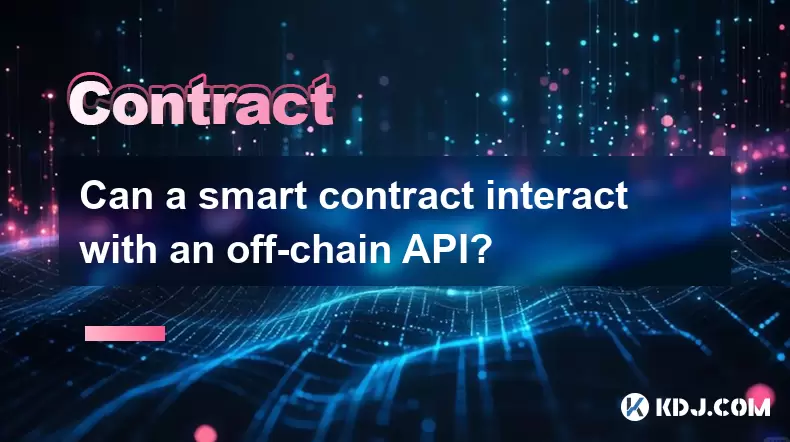
Can a smart contract interact with an off-chain API?
Jul 10,2025 at 09:42pm
What is a Smart Contract?A smart contract is a self-executing contract with the terms of the agreement directly written into lines of code. These cont...
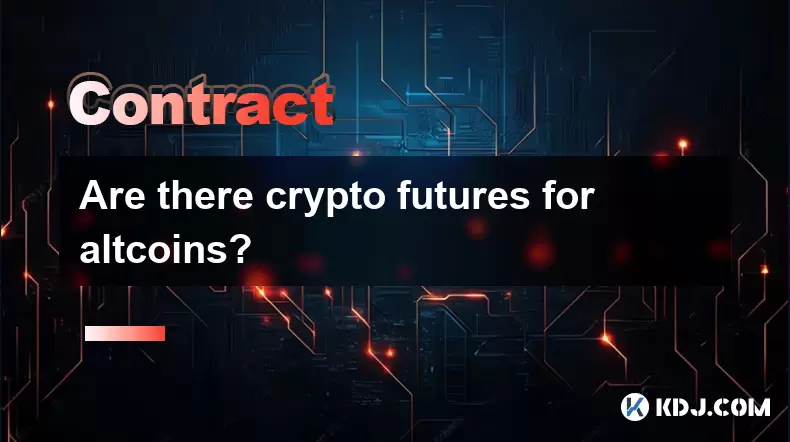
Are there crypto futures for altcoins?
Jul 10,2025 at 11:14pm
What Is a Crypto Faucet and How Does It Work?A crypto faucet is an online platform or application that rewards users with small amounts of cryptocurre...

How to estimate the PnL of a short futures position?
Jul 10,2025 at 05:00pm
Understanding the Basics of Futures Trading and PnLIn futures trading, a trader enters into a contract to buy or sell an asset at a predetermined pric...

What are the most common smart contract design patterns?
Jul 10,2025 at 09:29pm
Introduction to Smart Contract Design PatternsSmart contract design patterns are standardized solutions to recurring problems encountered during the d...

What is a Commit-Reveal scheme in a smart contract?
Jul 10,2025 at 05:22pm
Understanding the Concept of a Commit-Reveal SchemeIn the realm of blockchain and smart contracts, privacy and fairness are often critical concerns, e...

How does a yield farming aggregator use smart contracts?
Jul 11,2025 at 02:49am
Understanding the Role of Smart Contracts in Yield Farming AggregatorsA yield farming aggregator leverages smart contracts to automate and optimize th...

Can a smart contract interact with an off-chain API?
Jul 10,2025 at 09:42pm
What is a Smart Contract?A smart contract is a self-executing contract with the terms of the agreement directly written into lines of code. These cont...

Are there crypto futures for altcoins?
Jul 10,2025 at 11:14pm
What Is a Crypto Faucet and How Does It Work?A crypto faucet is an online platform or application that rewards users with small amounts of cryptocurre...
See all articles


























![Bitcoin is about to plummet and get 9-7W long-term short orders [Chainblade’s latest market BTC technical analysis] July 10, 2025 Bitcoin is about to plummet and get 9-7W long-term short orders [Chainblade’s latest market BTC technical analysis] July 10, 2025](/uploads/2025/07/10/cryptocurrencies-news/videos/bitcoin-plummet-w-term-short-chainblade-market-btc-technical-analysis-july/686f8f4c58e52_image_120_90.webp)






























































